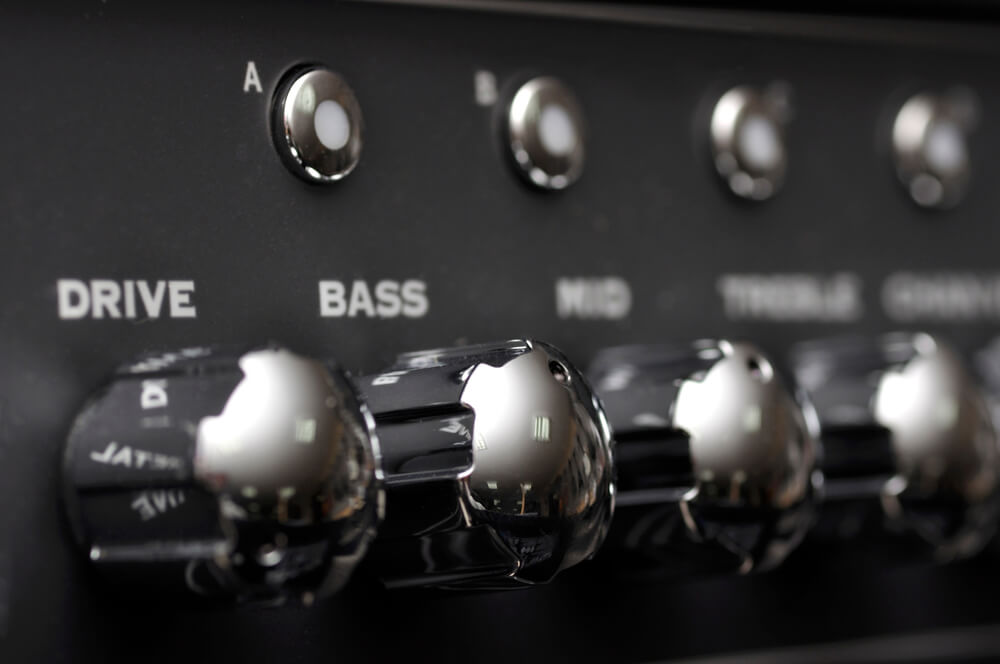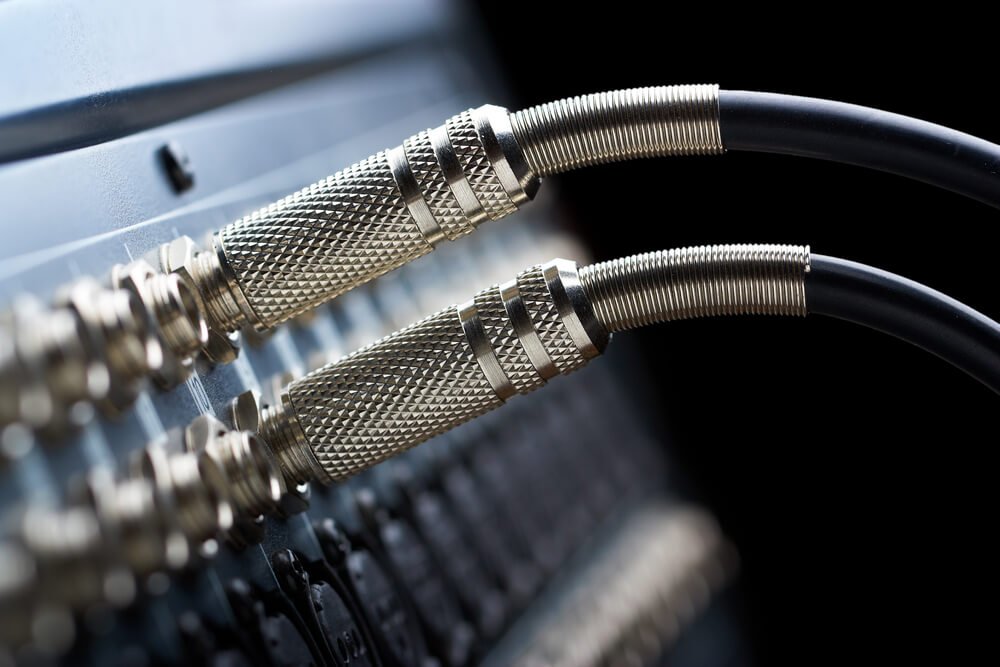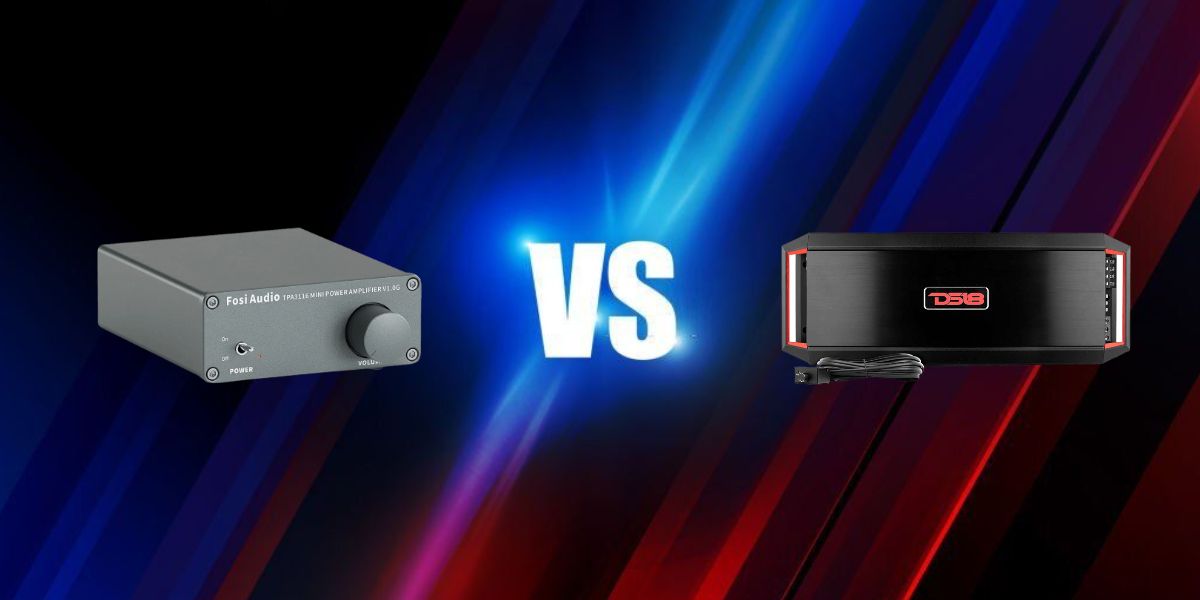Amplifiers have one goal: to reproduce incoming audio signals and transmit them through an output device that produces sound. Yet, amps need to be designed in a way that their reproduction of input sound is efficient and accurate.
They also have to ensure that the output sound is an exact replica of the sound going in. Not only that, but it also has to be put out at low distortions, like the AB amps.
The problem is that amps almost always use much less power than they take in. Not even the best amp on the market is 100% efficient, even though some come pretty close, like the class D amps.
Knowing the features of each amp can help you decide where to use each one for best results. You probably know that there are five main types of classes: A, AB, B, C, and D. Yet, in this article, we’ll only be comparing class D amp vs. class AB.
Take a look.
Class D Amp vs. Class AB Overview
Class D amplifiers are lightweight, have high output efficiency, and produce less heat. However, they tend to cause slight sound distortion, so they’re not considered high-fidelity.
Alternatively, class AB amps have good sound quality with low distortion. Just keep in mind that they generate more heat than D amps, accompanied by a lower efficiency rate.
What Is a Class D Amplifier?

In 1955, a British scientist, Alec Reeves, first invented the original schematics for the class D amplifier. Then, in the mid-1960s, the first class D amp appeared in a commercially sold product by UK’s Sinclair Radionics.
Yet, they’re making a big comeback. Here’s why:
One of the unique ways D amps work is through something called ‘pulse width modulation’ (PWM). This is done with the help of onboard circuitry, which produces high-frequency DC pulses that sometimes reach over 100kHz.
The width of every pulse is modified via the input signals. Hence, the wider the pulse, the louder the signal. Then, these DC pulses are transmitted through output transistors, which create high-powered output.
Thanks to these pulses, the transistors are non-linear. In other words, they’re never always just on or off; they go back and forth between being on full power or with no power at all.
This going back and forth is also known as ‘switching mode,’ which provides the highest levels of efficiency, reaching as high as 90% in some cases. Therefore, this switching mode helped eliminate the need for linear transistors used in previous amp classes, which were the leading cause of high power dissipation and overheating.
Another reason for the class D amp revival is that it works by shifting the sample frequency on which they’re operating to a much higher frequency. In doing this, they can use smaller power transformers, which means less space on the circuit board.
In fact, experts say that in some cases, class D amps save almost as much as 10% of a device’s inner capacity. Manufacturers can then turn around and use this extra space to add parts that provide higher output or a deeper bass. It also means less weight and increased portability.
This is a good time to mention that sometimes D amps are mistakenly referred to as ‘digital.’ Even though they’re part of a digitally controlled device, the circuits of a class D amp are strictly analog.
Users also read: Why Do Vinyl Records Sound High-Pitched
Advantages
One of the best advantages of a class D amp that’s made it popular over the years is that it’s smaller and more compact.
It’s also lighter, which means it can fit in portable devices more efficiently. Manufacturers also prefer adding them to portable sound systems because they extend battery life, which is a big plus in our books.
Moreover, class D amps lower manufacturing costs because they use less space on circuit boards.
Finally, they run cooler compared with other amplifiers. Producing less heat comes as a direct result of its low power dispersal. So, it’s safer to use for extended periods of time and reduces the risk of damaging the sound system, making it safer to use in a wide range of applications.
Drawbacks
Probably the one drawback of a class D amp is its less-than-high fidelity, which causes more distortion than AB amps.
The good news is that it can be fixed with a low-pass filter. Still, some audiophiles don’t take too kindly to it.
Uses
While for some people the lack of interference of a D amp is a big deal, for others, it’s minor compared to all the advantages that come with it.
So, D amps work great in applications where perfect high-fidelity doesn’t come high on your list of priorities, such as car audio applications and professional PA systems.
What Is a Class AB Amplifier?
The hybrid class AB amplifier came about as a sort of compromise between class A and class B amps. You can say class AB got the best of both worlds while trying to minimize the weak points of each one.
For example, class A amps use a DC electric current source to transmit audio into the speaker system, which is why they’re known for their near-perfect sound quality. However, one by-product of this process is the production of heat.
This happens when a considerable portion of this direct current (DC) gets rerouted to the transistors during the audio output stage rather than heading to the speakers.
So, what happens to the power that doesn’t make it to the output terminals? It gets transformed into wasted energy, which then escapes as thermal energy, aka heat. As a result of this excessive heat, there’s a higher risk of damaging the amplifier’s output signal, as well as the unit’s internal components.
On the other hand, a class B amp does without DC currents, which means there’s much less power being depleted. Instead, it relies on a push-pull type of output transistor to supply a positive electric current to the speaker. Yet, because of this, class B amps are known for their inferior sound quality.
This is where class AB amps come in. It was invented to end both high power dissipation and low sound quality. It does use DC current but in much smaller amounts than the pure class A amp. Unfortunately, it also means there’s no going around the fact that there will be a slight power dissipation.
Nevertheless, because of the small current, the crossover distortion is next to nothing. Therefore, the sound quality is quite impressive.
Until recently, AB amps were the only practical solution to get both high-fidelity and full-range amplification at low distortion levels.
Advantages

The biggest advantage of AB amps is their user-friendly design. They’re easy to manage, even for inexperienced audiophiles.
Another benefit is that their linear setup makes calculating their output pretty straightforward. The circuit output is always an exact multiplication of their input.
Yet, the biggest advantage is probably their next-to-nothing distortion levels. In fact, it’s been measured to be less than 0.1%, which results in crisp, clear, high-quality sounds.
Drawbacks
One problem class AB amps face is that they run hotter than D amps. This is due to the power dissipation resulting from the DC currents running between the transistors.
Another drawback is that while they may be more efficient than B amps, they’re still not quite as efficient as their class D counterparts.
Uses
Since class AB amps provide low distortion and high-fidelity, they’re primarily used in applications with a large audience and ample space. So, they’re best used in home theaters and commercial set-ups.
AB amps also work great in public address (PA) speaker systems. They do a great job of amplifying the sound while providing minimal sound distortion through all the attached microphones, loudspeakers, and other related equipment.
Related: KT88 vs. KT66
Class D vs. Class AB Amps: Similarities and Differences
Before we begin, we have to mention that these class systems weren’t put to evaluate the sound and working quality of each amplifier. They were set up, rather, as a way of describing an amplifier’s topology, or the workings of the interconnections of the amp’s circuit components.
Here’s a brief description of a few different features of class D and AB amps.
| Amplifier class | Description |
| Class AB | Transistors run for a bit more than half a cycle for improved linearityDoes a good job of preventing crossover distortion by reducing the cycle gapHave about 60% higher efficiency than class A ampsOffer good sound qualityProvide a good compromise between linearity and efficiencyBest used in home stereo systems, audio power amplifiers, AV hi-fidelity receivers, and home theater amplifiers |
| Class D | Utilizes switching modes where transistors is either fully on or offCapable of reaching the highest levels of potential efficiencyDC pulses run through output transistors for higher power outputExtends battery life in portable devicesMay generate mild sound distortion due to the constant turning on and off of the transistorsBest used with professional PA speaker systems and car audio sound systems |

